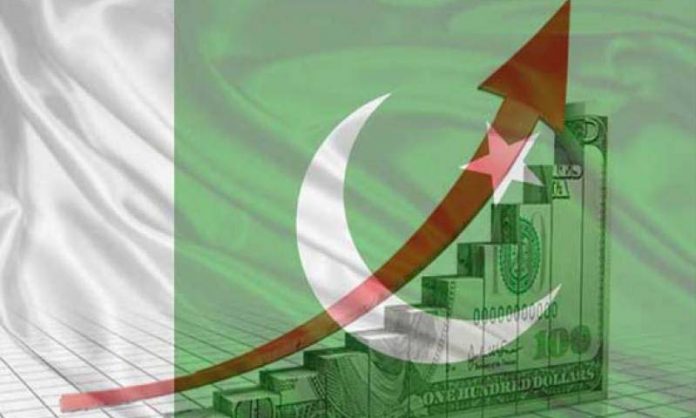The State Bank of Pakistan (SBP) has emphasised that a continued perceptible progress on structural reforms is crucial to a sustained economic growth, building of external buffers and reducing external financing risks.
The SBP has issued its annual flagship publication Financial Stability Review (FSR) for the year 2024. The review is prepared and published in terms of requirements prescribed in Section 39(3) of the State Bank of Pakistan Act, 1956.
The Financial Stability Review presents the performance and risk assessment of various segments of the financial sector including banks, microfinance banks (MFBs), development finance institutions (DFIs), non-bank financial institutions (NBFIs), insurance, financial markets and financial market infrastructures (FMIs). It also assesses the financial soundness of the non-financial corporate sector, which is a major private sector user of bank credit.
According to the SBP, the heightened uncertainty amid the recent wave of protectionist measures and its associated implications on global economic growth and financial conditions may also pose challenges for the domestic economy.
Nonetheless, results of the latest stress testing assessment of the banking sector reveals that the sector is expected to remain resilient to various severe hypothetical but plausible shocks over the projected horizon of three years and is expected to maintain its compliance with minimum capital adequacy requirements.
SBP said that, on its part, it will continue to ensure financial system stability by remaining vigilant to emerging risks and proactively strengthening its regulatory and supervisory regime.
The review highlights that macroeconomic conditions improved considerably during CY24, as reflected by receding inflationary pressures and consequent significant monetary easing, fiscal consolidation, stable rupee-dollar parity, pick-up in economic activity, and improved external account balance. In this backdrop, the financial sector—growing by a decent pace of 17.8 percent—maintained its operational and financial resilience during CY24.
Amid turnaround in the macroeconomic environment, volatility in financial markets subsided. The banking sector exhibited steady performance and maintained its financial soundness. The balance sheet of the banks expanded by 15.8 percent in CY24.
The expansion in assets was driven by both investment as well advances. Private sector advances witnessed a strong rebound, due to revival in economic activity, easing in monetary policy, and advances-to-deposit ratio (ADR) linked tax policy for income from government securities.
This tax policy also dampened the deposit mobilisation, which further increased the banks’ reliance on borrowings. While revival of economic activity is expected to improve the repayment capacity of the borrowers, the current level of credit risk of the banking sector also remained within a comfortable range as non-performing loans (NPLs) to gross loans ratio fell to 6.3 percent in December 2024 from 7.6 percent in December 2023.
The provisioning coverage further improved amid implementation of IFRS-9, with allowances and provisions held for loan losses exceeding the stock of outstanding NPLs, indicating a minimal net credit risk to solvency. The earning volume remained steady, while key profitability indicators witnessed moderation over the year.
The capital adequacy ratio, however, improved to 20.6 percent by end December 2024 and remained well above the minimum regulatory requirements. Within the banking sector, Islamic banking institutions witnessed a strong increase in asset base and a marked expansion in branch network, which also reflects SBP’s focus on promoting Shariah-compliant financial services.
Along with contained credit risk, resilience of the Islamic banks remained steady in CY24. Nonetheless, microfinance banks (MFBs) continued to remain under stress.
The Review further highlights that the non-bank financial sector presented a mixed performance. The balance sheet of DFIs contracted while that of NBFIs manifested a remarkable expansion. Moreover, the insurance sector continued to perform steadily.
Whereas the supply side of the financial sector presented a comfortable position, the demand side was affected by the erstwhile tighter financial conditions and subdued economic activity. In particular, the sales of the non-financial large corporate sector witnessed pressure and moderation in earnings. However, the liquidity profile and repayment capacity of the sector remained comfortable. Encouragingly though, the creditworthiness and repayment capacity of the large borrowers of the banking sector remained steady during CY24.
The Review highlights that the FMIs continued to support financial system stability through operational resilience. The digital transactions continued to drive the momentum of the retail transactions. With a view to facilitate and support remittances from the Gulf region, SBP signed a Memorandum of Understanding (MoU) with Arab Monetary Fund (AMF) to enable the integration of Raast with Buna—a cross border payment system.
Moreover, the Raast maintained the momentum of strong growth which particularly got traction after the introduction of the Person-to-Merchant module in late 2023.























